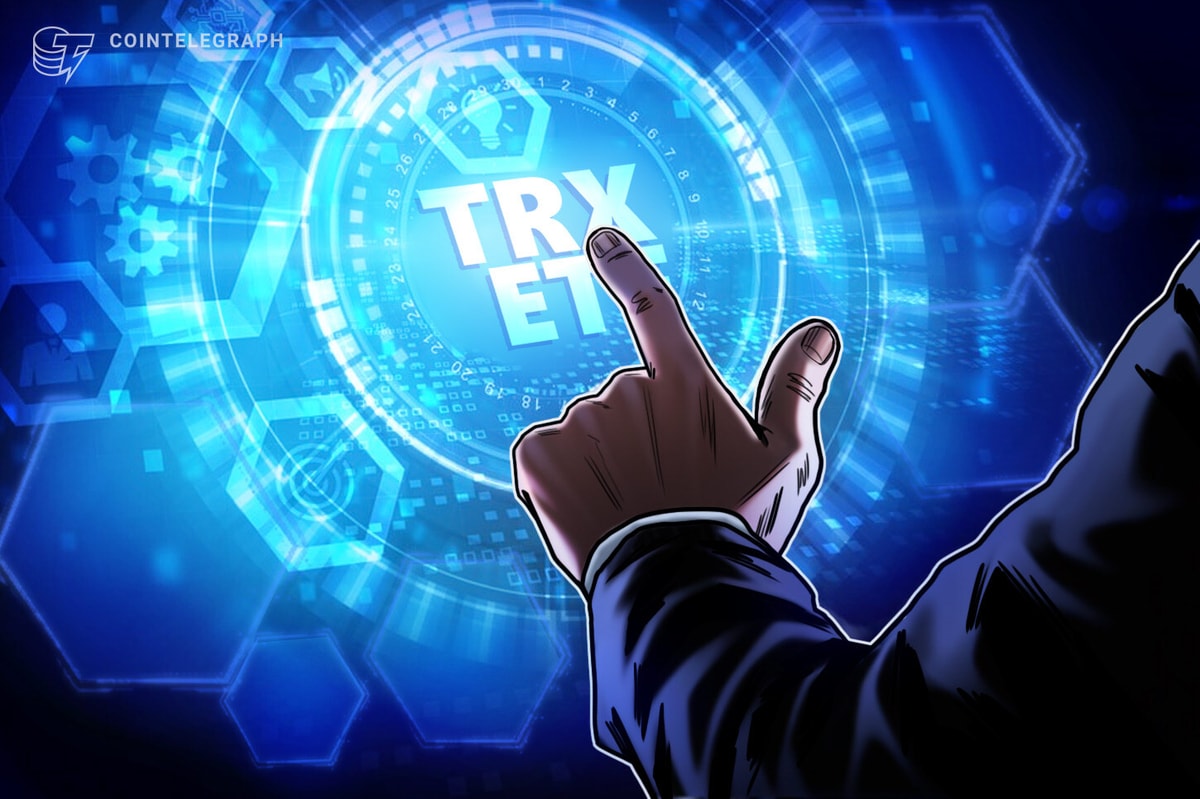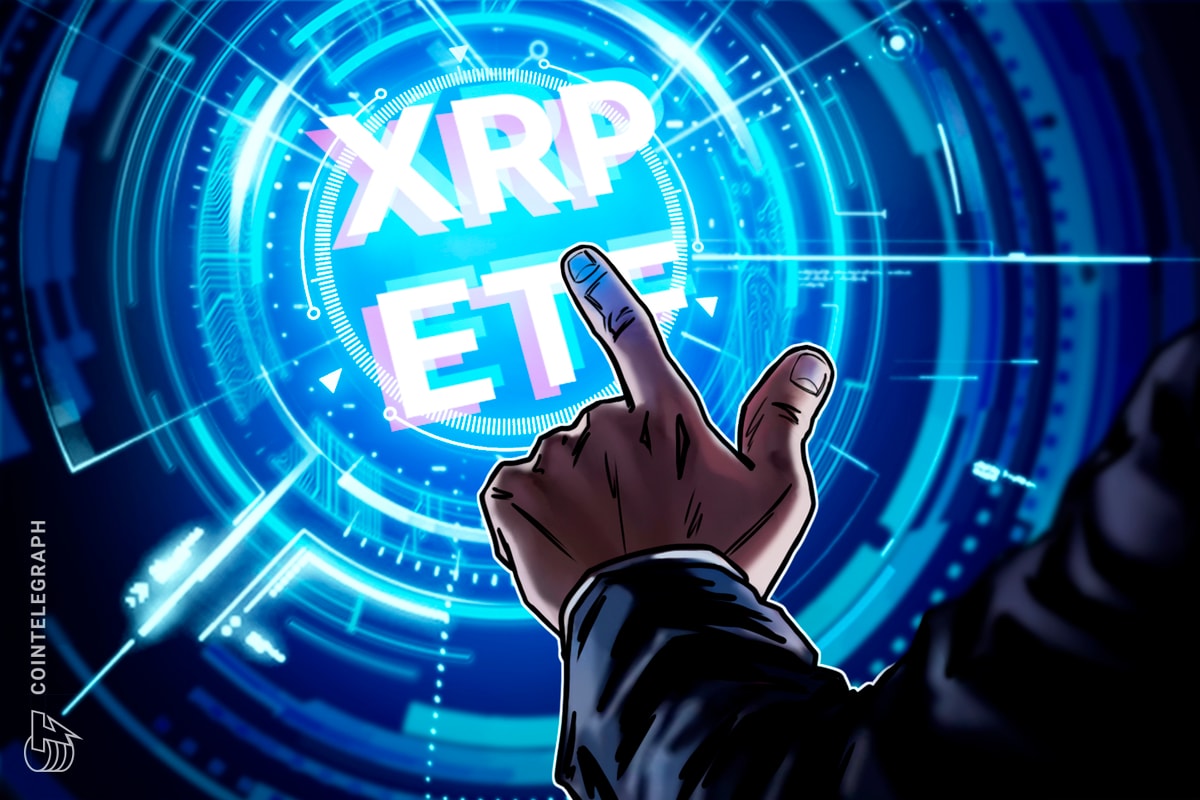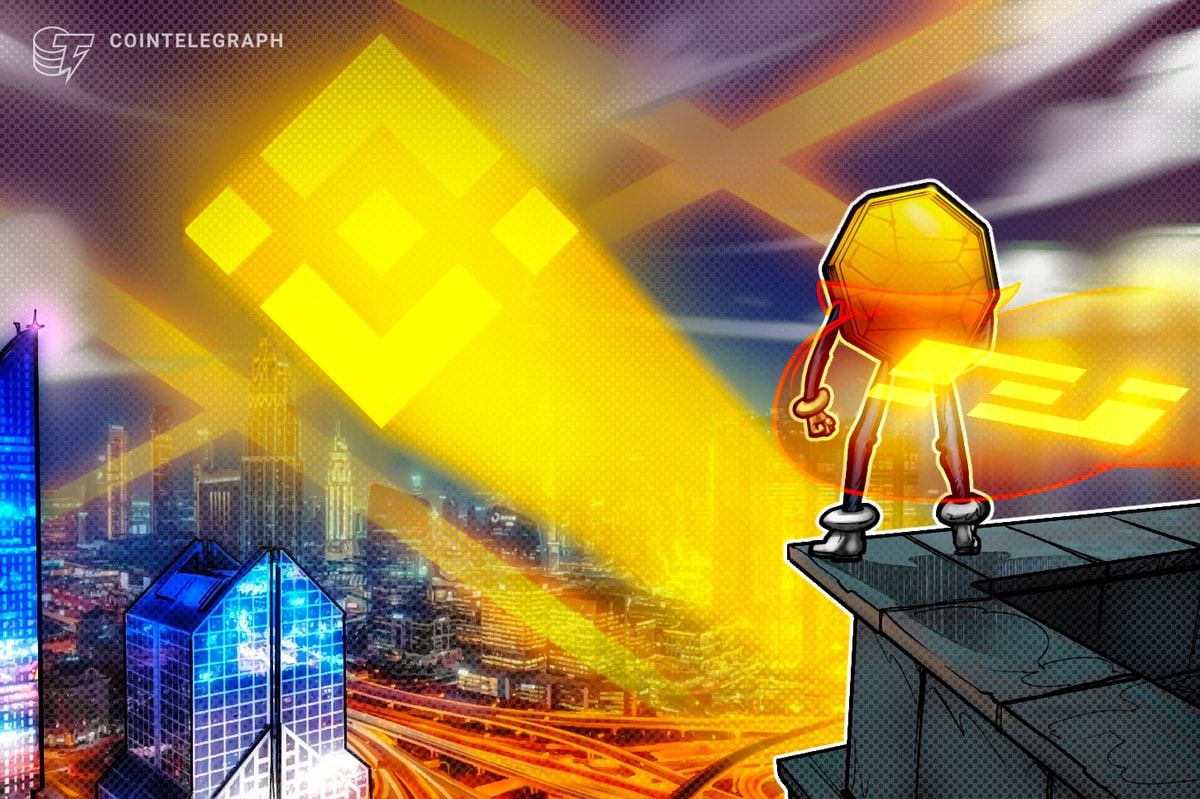
Solana’s first layer-2 solution, Solaxy (SOLX), has passed $17 million in its presale.
As network congestion continues to challenge Solana’s growth, investors are betting on Solaxy to relieve these issues and drive further adoption.
Solaxy aims to launch layer-2 network for Solana’s network congestion
Solaxy processes transactions off the main Solana blockchain before bundling them back together.
This setup is designed to reduce the increasing strain that has impacted Solana during peak trading periods.
Recent network stress tests have highlighted the need for layer-2 solutions like this.
During last month’s surge in Trump-themed meme coin activity, Solana experienced widespread transaction delays and failures.
Solaxy’s developers believe their layer-2 network will mitigate these blockages.

According to their whitepaper, up to 65% of transactions could be offloaded to the Solaxy network.
Plus, Solaxy aims to create smoother cross-chain interactions between Solana and Ethereum.
This could be beneficial for NFT marketplaces and trading platforms.
Early signs suggest the trading community is optimistic about Solaxy’s future potential.
More than 65,000 people now follow Solaxy on Twitter, with another 5,400 on Telegram.
Solaxy has also been featured on CoinSniper.net and ICOHotList.com.
Inside Solaxy’s $17M+ presale and tokenomics structure
Solaxy’s presale has attracted early attention from investors.
The presale has now raised $17.5 million as interest in the project’s layer-2 solution grows.
SOLX, Solaxy’s native token, is currently priced at $0.001624 during the presale – with its next scheduled price increase within 48 hours.
Investors have shown confidence in the Solaxy project, staking more than 5 billion SOLX tokens so far.
Annual staking yields are currently estimated at 229%.
However, this figure will gradually decrease as more investors stake their SOLX.

Source: SOLAXY
Looking ahead, Solaxy’s tokenomics structure prioritizes long-term development, with 30% of the token supply assigned for ecosystem growth.
Another 25% will be used for community incentives, with 15% for marketing expenses.
The remaining SOLX tokens will be split between the treasury and exchange listings.
Solaxy’s team has also taken steps to ensure security.
The project’s smart contracts recently underwent an audit from Coinsult, a popular blockchain security firm.
Coinsult’s audit found no pressing vulnerabilities – offering reassurance to investors before Solaxy’s launch later this year.
Solaxy’s hybrid approach – how it stands out in the layer-2 ecosystem
Solaxy differs from Ethereum-based layer-2 solutions in its approach.
While projects like Arbitrum and Optimism focus on scaling Ethereum, Solaxy combines rollup technology with sidechain processing.
This “hybrid” model addresses Solana’s specific scaling challenges while also bridging to the Ethereum ecosystem.
Solaxy’s team has some ambitious goals with this architecture.
They aim to use Solana’s technology to achieve its theoretical throughput of 65,000 transactions per second (TPS), far higher than Arbitrum’s reported 4,500 TPS.

The team is also targeting transaction fees of around $0.001.
That’s a fraction of the $0.10 to $0.50 transaction fees typically seen on top Ethereum layer-2 networks.
However, Solaxy will face challenges as it scales.
Managing cross-chain interoperability is complex, and there will likely be additional security considerations.
If the developers can navigate these challenges and deliver on their performance promises, many early investors believe Solaxy could become a key part of the Solana ecosystem.











